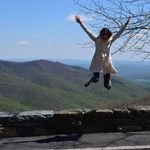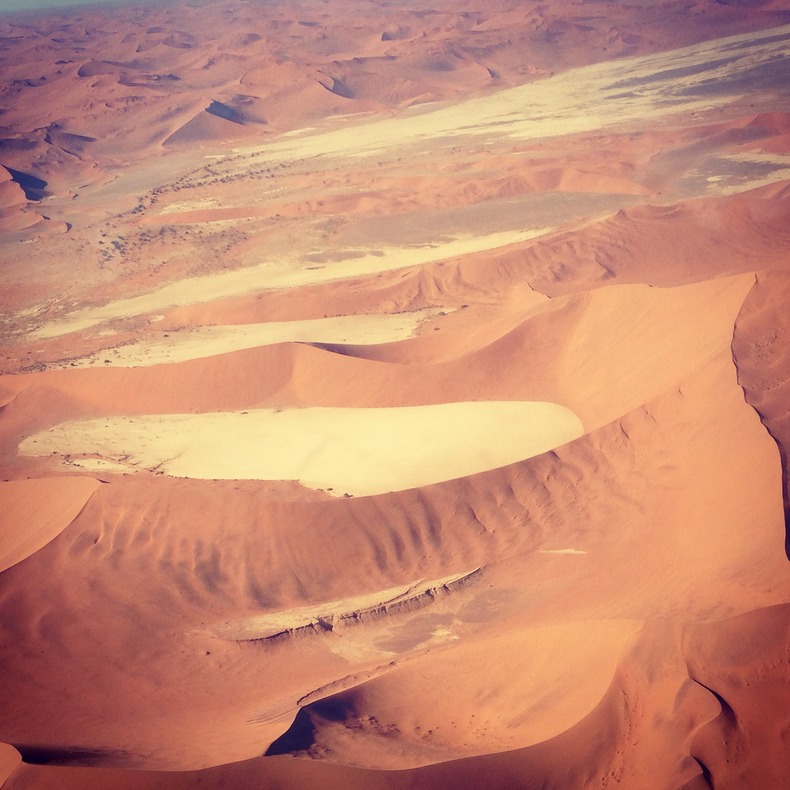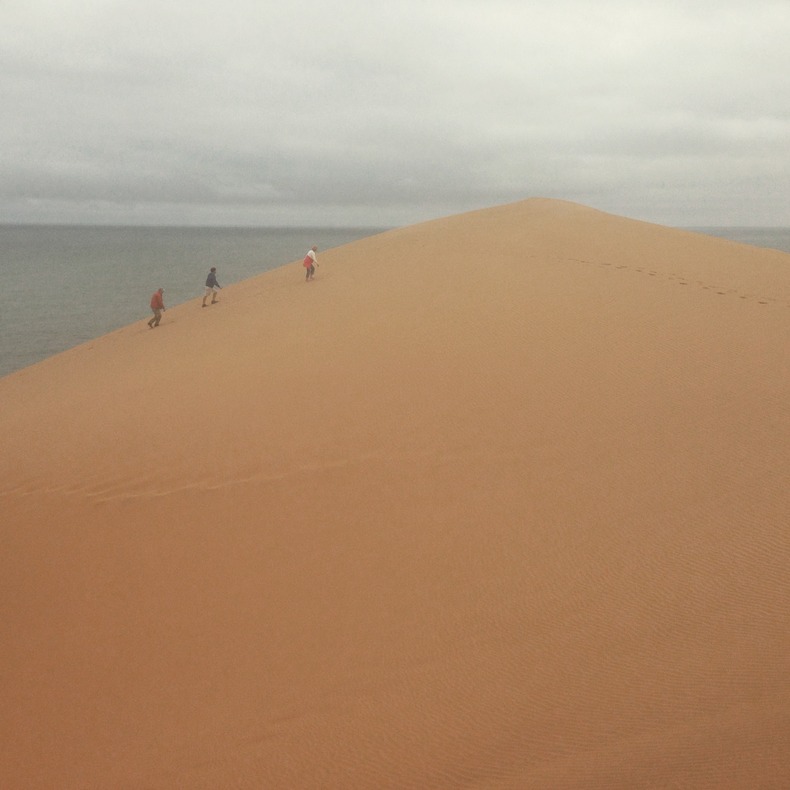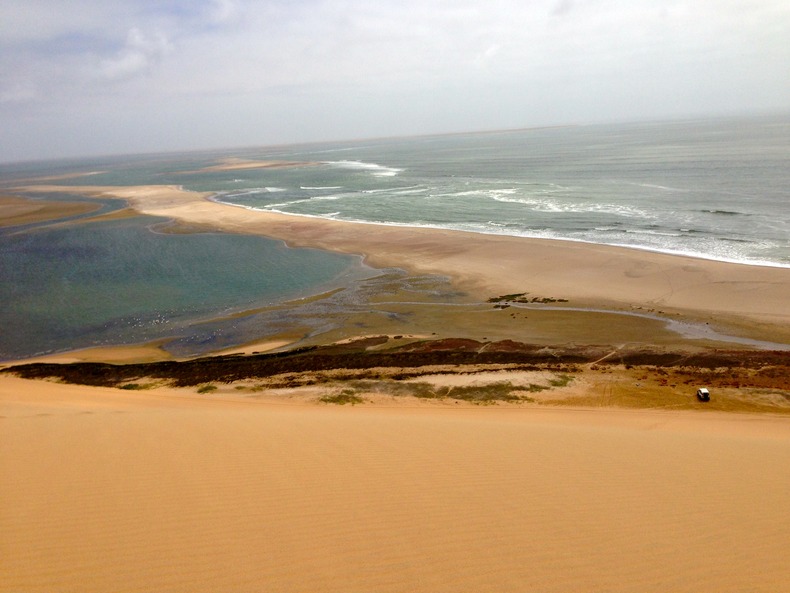Sossusvlei or the "Red Sand Dunes"
After N/a'an ku sê, we were able to spend a few days in the desert. I know that I have posted photos of Sossusvlei before (See the Silence of the Namib Desert entry), but the landscape here is so unusual and incredible that I thought I would include a few more. One can certainly see how the book Dune by Frank Herbert was inspired in part by Namibian sand dunes and groups who lived in the desert.
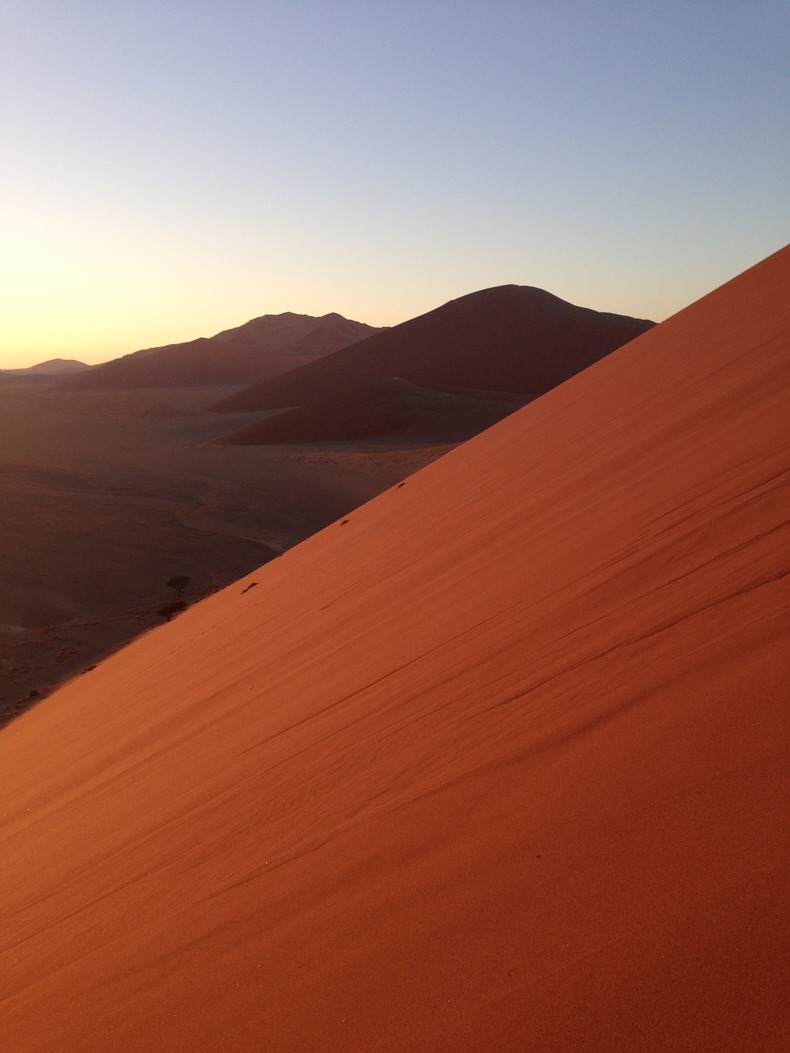
Dune 45 at Sunrise, no filter whatsoever
Waiting for peak sunrise colors
An aerial view of the red sand dunes
Sandwich Harbour
From Sossusvlei, we traveled to Walvis Bay and Swakopmond (See the "A Journey to Sandwich Harbour" entry for more info about these places). Sandwich Harbour is a protected saltwater lagoon which is fed by freshwater springs. Because of the access to freshwater, a rarity in this part of Namibia, many birds flock to this area--as many as 30 different species can be seen here. As you can see from the photos, the dunes surrounding Sandwich Harbour contrast quite significantly from those in Sossusvlei. This is why driving through Namibia is preferable to other modes of transportation--the landscape is continually changing and quite drastically. Much of Namibia has the look of movie scenes on fake planets or universes.
Someone once said that Opuwo, which is further north and in the Kunene region, has the look of the bar in Star Wars. This is because there is a huge amount of dust and there are many interesting persons and groups that you may encounter. Not to mention the variety of animals meandering on the streets and outside shops without any human supervision. I totally agree with the Star Wars comparison.
Climbing the dunes at Sandwich Harbour
A view of Sandwich Harbour from a dune peak
Pelican Point, Kayaking with Seals
In Walvis Bay, we went kayaking with thousands of seals. There are up to 20,000 that live on Pelican Point, a peninsula that juts out. In the photo below, you can see that the beach is literally full of seals. There are over a million seals on the skeleton coast of Namibia which includes Walvis Bay and runs much further north. The large population is a result of the water being murky from algae. Because of this, sharks are unable to hunt in the area. This means that these seals have no natural predators, making their population huge!! This is a problem as there is not sufficient food for the number of seals.
Seals are not afraid of humans when they are in the water as this is their domain. The young ones will race your kayak or boat, swim right next to or under you, and smell your paddle or even your hand. If you have a waterproof camera and put it into the water,they will come right up to the device, smell the camera and even bite it! When in the water, a seal's curiosity certainly overpowers any concern about being harmed. However on land where they move slower and more awkwardly, seals sometimes become aggressive if humans get too close. Below is a photo of Andrew and I (Photos and video footage to come of many seals biting our camera and swimming directly under our kayak!!)
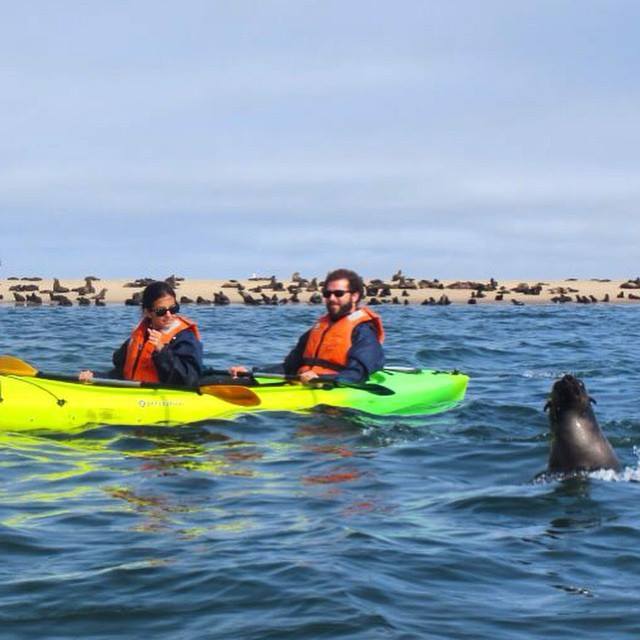
Andrew and I kayaking with thousands of seals. This seal was quite a show-off.
Living in the world. Humanitarian. Advocate for health, human rights and equality. Documenting experiences and observations.
